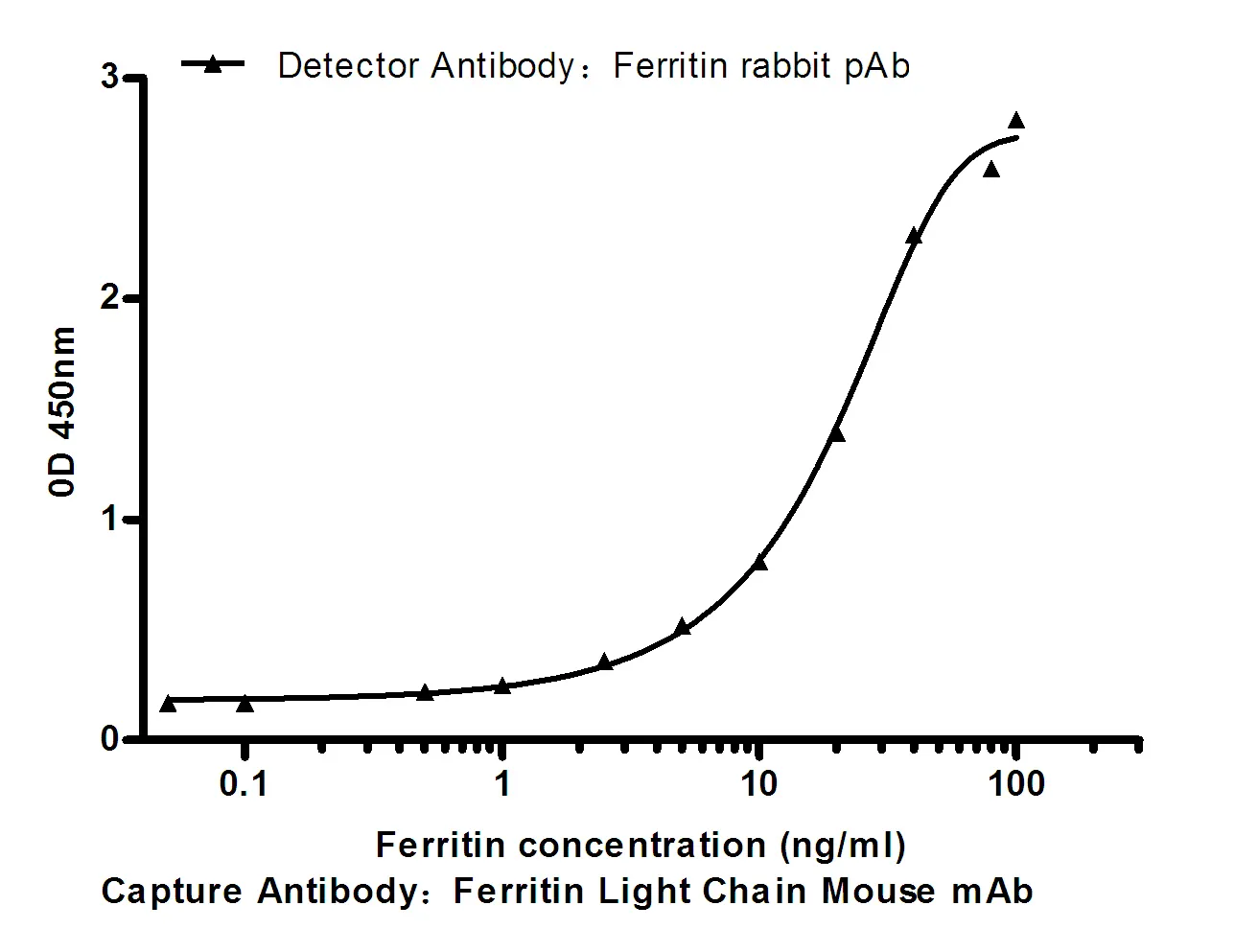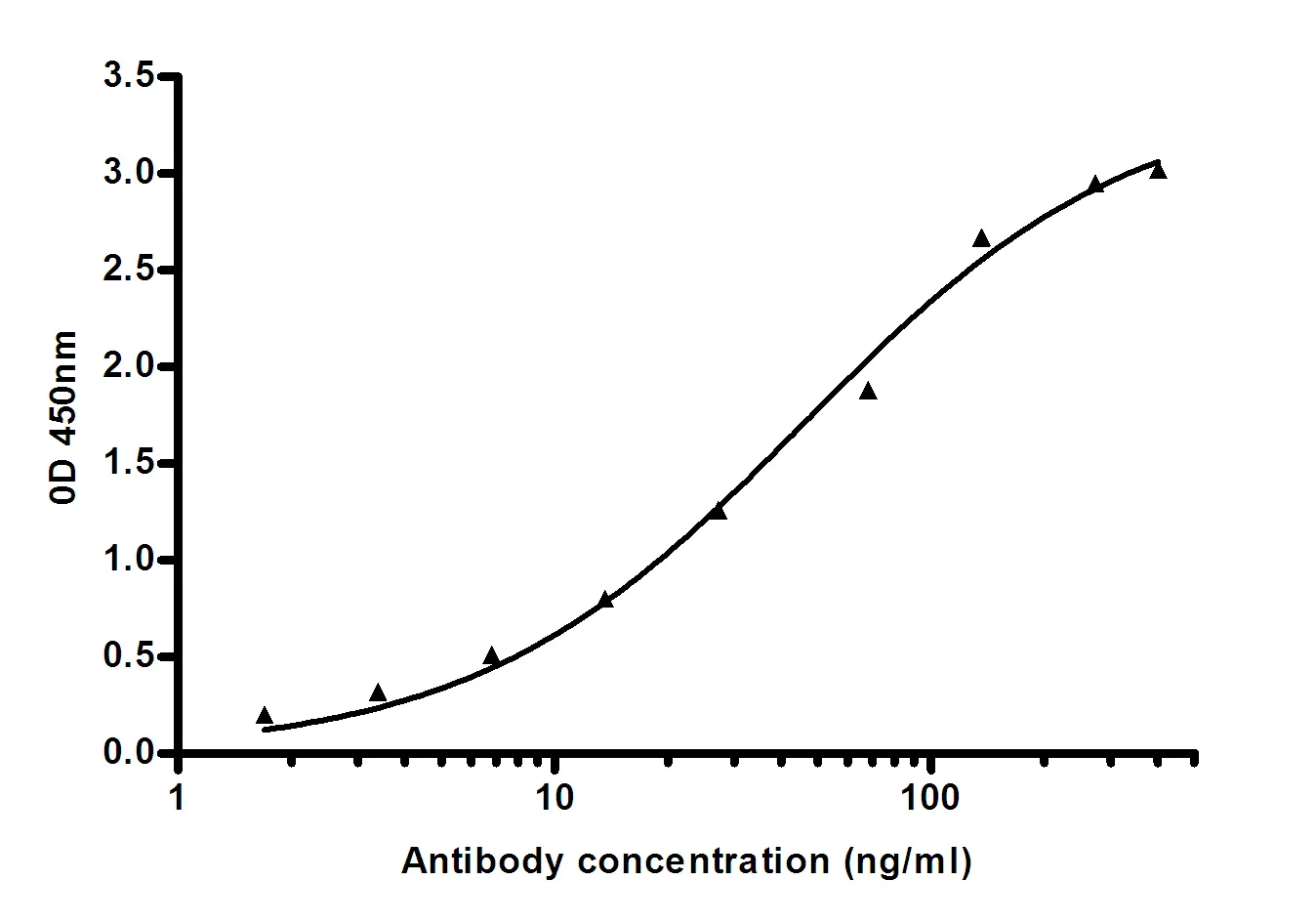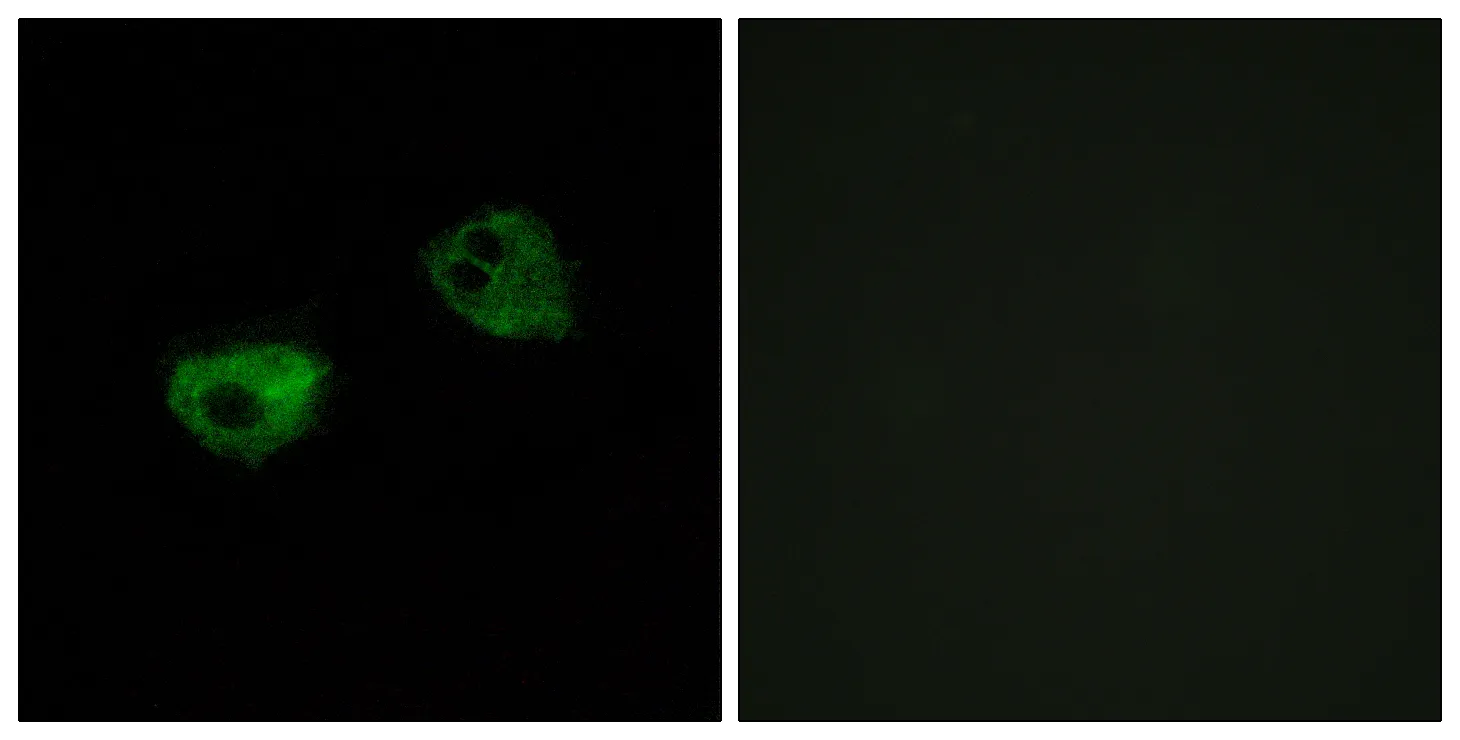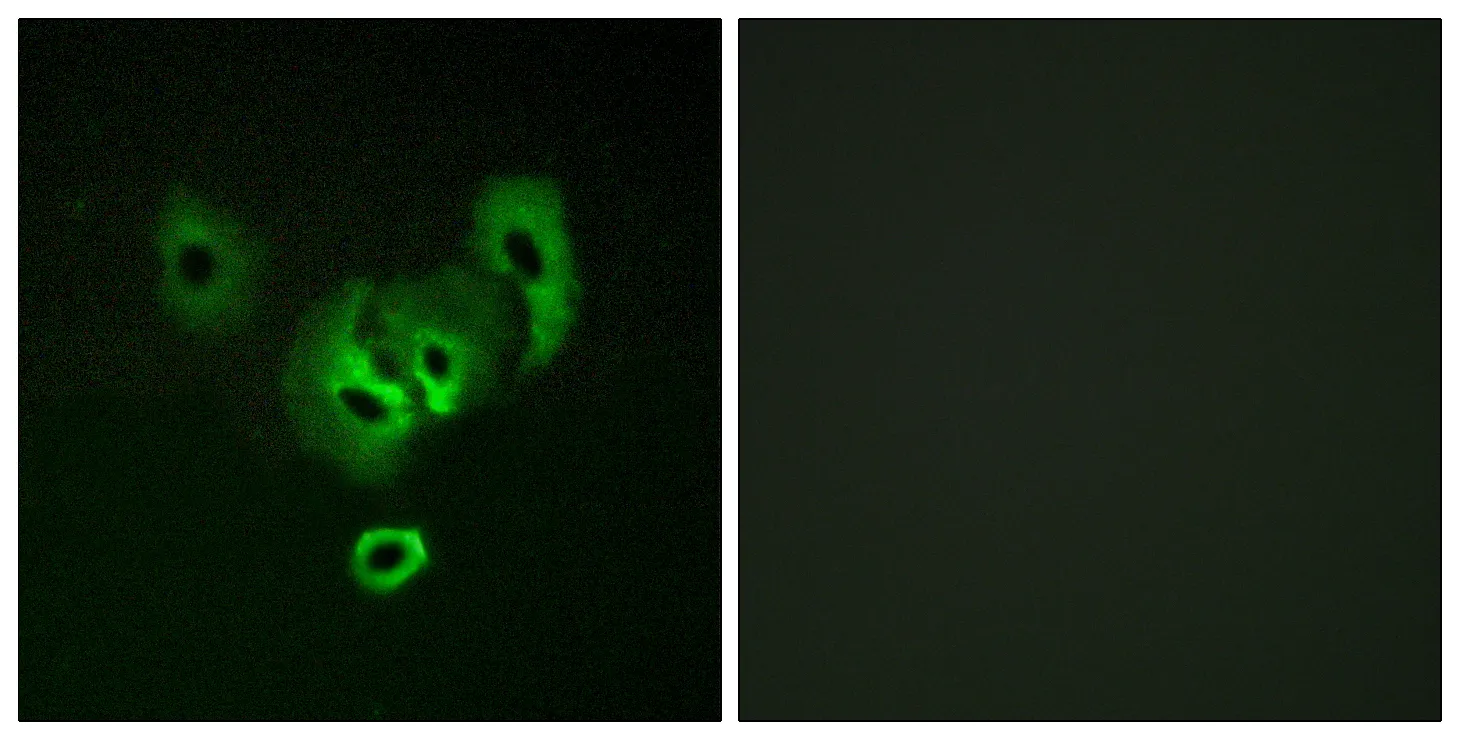Summary
Performance
Immunogen
Application
Background
This gene encodes a Polycomb group protein. The protein is a component of a histone H3 lysine-27 (H3K27)-specific methyltransferase complex, and functions in transcriptional repression of homeotic genes. The protein is also recruited to double-strand breaks, and reduced protein levels results in X-ray sensitivity and increased homologous recombination. Multiple transcript variants encoding different isoforms have been found for this gene. [provided by RefSeq, May 2009],function:Transcriptional repressor. May promote methylation of histone H3 on 'Lys-27' by the PRC2/EED-EZH2 complex.,similarity:Contains 2 PHD-type zinc fingers.,subcellular location:Localizes specifically to the promoters of numerous target genes.,subunit:Interacts with CHMP1 (By similarity). Interacts with the PRC2 complex.,tissue specificity:Highest levels in heart, skeletal muscle, and pancreas, lower levels in brain, placenta, lung, liver and kidney.,
Research Area




